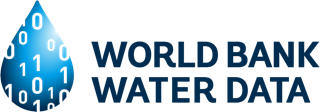In order to develop an effective poverty reduction policies and programs, Iraqi policy makers need to know how large the poverty problem is, what kind of people are poor, and what are the causes and consequences of poverty. Until recently, they had neither the data nor an official poverty line. (The last national income and expenditure survey was in 1988.) In response to this situation, the Iraqi Ministry of Planning and Development Cooperation established the Household Survey and Policies for Poverty Reduction Project in 2006, with financial and technical support of the World Bank. The project has been led by the Iraqi Poverty Reduction Strategy High Committee, a group which includes representatives from Parliament, the prime minister’s office, the Kurdistan Regional Government, and the ministries of Planning and Development Cooperation, Finance, Trade, Labor and Social Affairs, Education, Health, Women’s Affairs, and Baghdad University. The Project has consisted of three components: Collection of data which can provide a measurable indicator of welfare, i.e.the Iraq Household Socio Economic Survey (IHSES). Establishment of an official poverty line (i.e. a cut off point below which people are considered poor) and analysis of poverty (how large the poverty problem is, what kind of people are poor and what are the causes and consequences of poverty). Development of a Poverty Reduction Strategy, based on a solid understanding of poverty in Iraq.


